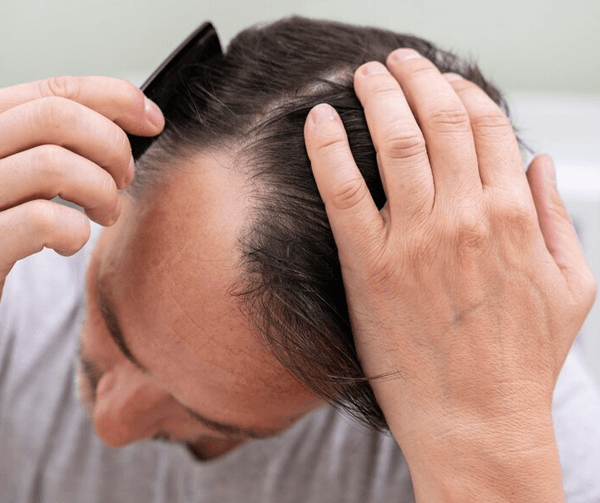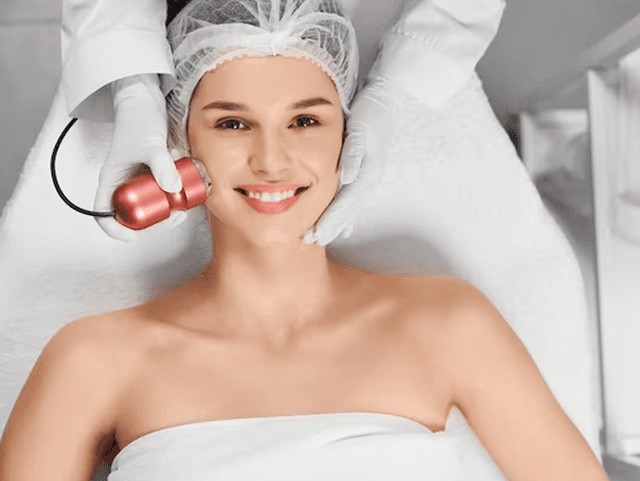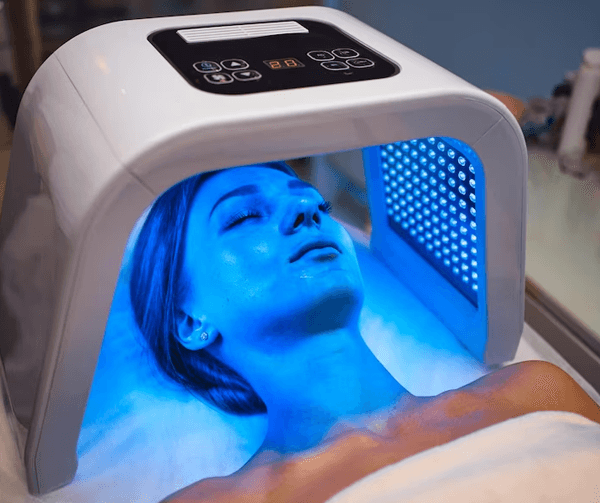Your hair is more than just your crowning glory – it is a part of your personality and for many, it is the foundation of their confidence. However, most people are of the opinion that as long as long as they oil, shampoo and condition their hair regularly, there is all that there is to it. The truth is actually much more than this, because there are several aspects to having healthy and beautiful looking hair. One such aspect related to hair is hair porosity and there are several people who have no idea what it means.
Let’s try to understand the concept of porosity – imagine a sponge, which is completely porous. While it can absorb a lot of water in one go, the moment you squeeze it, all the moisture is lost. Imagine the same condition in your hair – if your hair is porous it will absorb a lot of moisture, but the same moisture will be easy enough to lose as well. On the other hand, if your hair is not at all porous, then it will not absorb any moisture. So, hair needs to have the right amount of porosity to be healthy.
The porosity of hair is highly dependent on how much moisture your hair is able to absorb and take beyond the cuticle layer, into the cortex level. So, it is important to keep a close eye on the cuticles of the hair, in order to keep the porosity under check.
Studies have shown that darker hair are lesser porous, as compared to blonde hair; but all hair does have some amount of porosity. Almost all hair has three layers – the outer most layer being the cuticle and the next being cortex. People, who have really thick hair, will have another well developed inner layer, known as medulla. The outer most layer is either open or closed and in some cases, it is somewhere in between. Normally, this layer has tiny scales, which tend to stand out. When these scales stand up, your hair will look frizzy and dry, whereas their lying flat is what leads to smooth looking hair.
Generally, the lifted scales do not lie flat against each other leading to a condition of low porosity. When the same hair is subjected to chemical treatments regularly, the condition worsens and the porosity increases. Porous hair actually absorb more colour, which means that such hair will look better when they are coloured, but since they are already damaged, the extent of the same will be greater, when the hair colour starts to wear off. The ends of our hair are normally more porous, as compared to the roots, mainly because they are more exposed.
So, if you are constantly having bad hair days, even though you hydrate them regularly, maybe there is something wrong with the porosity!
There are several factors that can lead to poor porosity of the hair and these include:
- Usage of harsh chemicals, such as bleach or colours
- Other chemical treatments such as permanent straightening or perming
- Constant use of heating tools such as curling or straightening irons
- Pulling on wet hair
- Regular use of shampoos and conditioners that have strong chemicals
- Constant exposure to extreme temperatures
Checking the level of hair porosity is actually not all that difficult and there are numerous tests which can be done to determine the same. Some of the tests include:
Test 1: Take some hair from either your head or from your hairbrush and place them in a glass of water. If your hair is floating, then your hair does not suffer from poor porosity. However, there are some ifs and buts to this test:
- Hair is normally light, which means that there is quite a strong chance that it will float in the water.
- If you are someone who uses leave in conditioners or gentle oils after shampooing, your hair will float.
- Naturally oily hair will also float.
- Coarse hair is a little heavier, which means that it will sink.
- The temperature of the water you are using for the test will also make a difference, because hot water will remove any and all oils on the hair, making them sink.
Test 2: Another method of checking the hair porosity is the fingernail test. For this test, you need to make sure that the glass you are using is clean and dry. There should be no residue in the glass, from conditioners, oils or any other hair care products. Pull out a single strand of hair and make sure that you retain the root of the hair as well. Now simply run your fingernail from the end of the hair to the root.
If your fingernail pulls or tugs at any part of the hair, then you might need to look to handling a poor hair porosity issue. When you wet your hair and the feeling is one of mushiness or your hair tends to overstretch when you run your comb through it, there is a problem of elasticity with your hair and this is a sure sign of hair lacking the porosity that it needs.
In the next article, we will take a look at how you can ensure that your hair is the right amount of porous. In addition, we will also look at the necessity of improving hair porosity for healthy hair.







